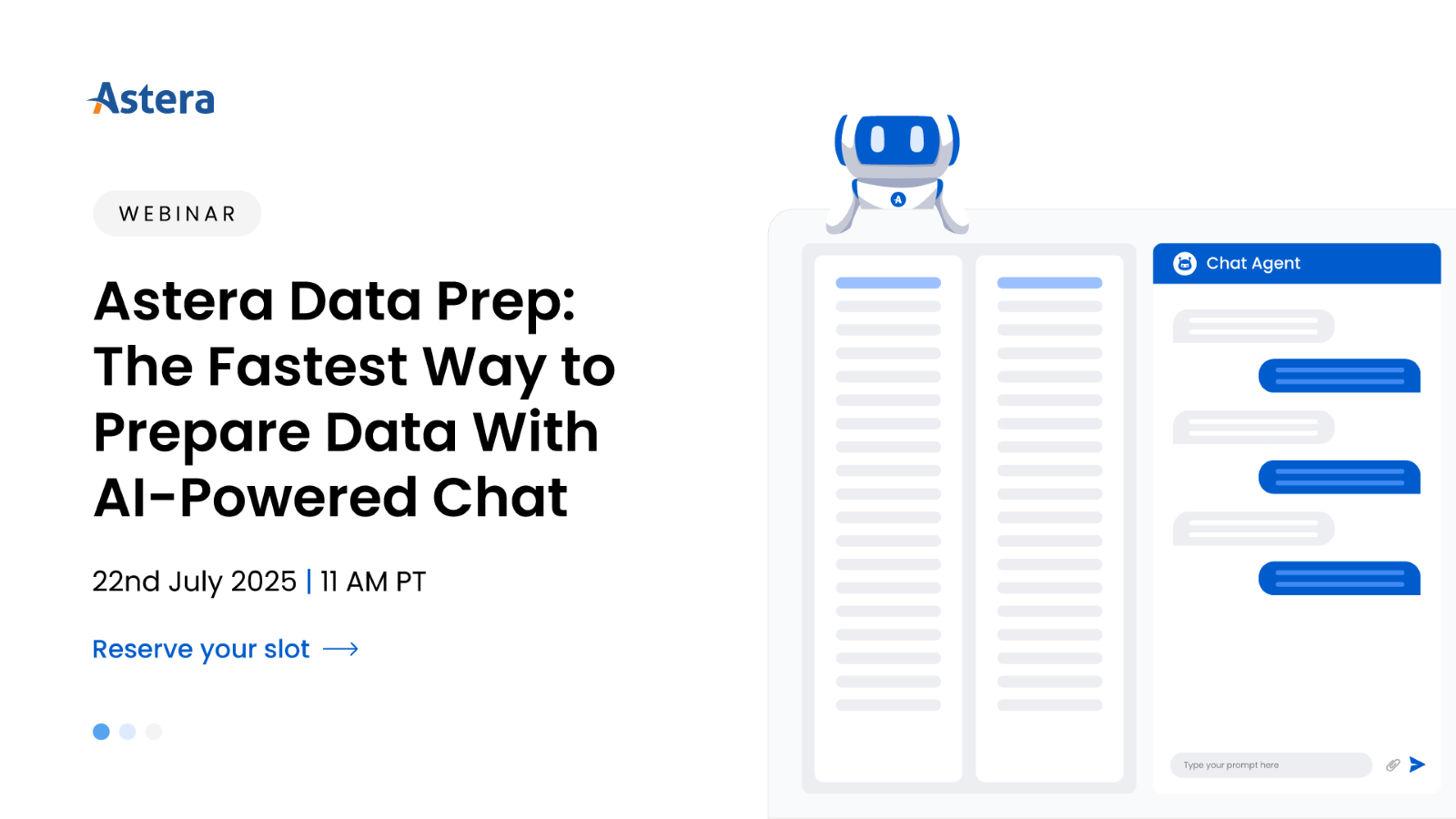
EDI 278 File: Health Care Services Review Information Transaction Set
What is an EDI 278 Health Care Services Review Information?
An EDI 278 Health Care Services Review Information is a transaction set used in the healthcare industry to enable the exchange of information regarding, as the name suggests, healthcare service review and response. It allows different healthcare entities, such as hospitals, insurance companies, and other healthcare providers, to communicate and share information electronically. For example, if a doctor wants to perform a specific procedure, they can send an EDI 278 to an insurance company for approval.
What are the Essential Components of EDI 278?
The document follows the X12 standard, a set of rules governing how the data is formatted. This standard ensures that all parties understand the data in the same way. The key components of EDI 278 include:
- Interchange Control Header and Trailer (ISA/IEA): Identifies sender/receiver and controls data interchange.
- Functional Group Header and Trailer (GS/GE): Groups related transaction sets.
- Transaction Set Header and Trailer (ST/SE): Marks the start and end of the transaction set.
- Beginning of Hierarchical Transaction (BHT): Identifies the purpose and reference numbers.
- Hierarchical Levels (HL): Defines the information structure within the transaction.
- Patient Event Level (PAT): Contains patient-specific information.
- Service Review Information (UM): Includes details about the healthcare service being reviewed.
- Provider Information (NM1, REF): Contains details about the healthcare provider.
- Request/Response Information (DTP, AAA): Specifies relevant dates and request status.
- Utilization Management Information (HI, HSD): Provides diagnosis codes and delivery details.
- Contact Information (PER): Lists contact information for the individuals involved.
- Other Supporting Information (MSG, K3): Allows additional context or information.
EDI X12 278 Health Care Services Review Information Sample
The following sample file demonstrates the different data elements and segments that are found within an EDI 278 transaction document:
ST*278*0032*005010X217~
BHT*0007*13*0001*20100101*000000~
HL*1**20*1~
NM1*X3*2*BLUE CROSS BLUE SHIELD NC*****46*560894904~
HL*2*1*21*1~
NM1*1P*1*HELBY*MARCUS****XX*1111122222~
N3*200 GETWELL AVENUE~
N4*JEFFERSON*NC*28640~
PER*IC**TE*9194567890~
HL*3*2*22*1~
NM1*IL*1*RUBBLE*BARNEY****MI*YPPW1234567890~
DMG*D8*19460401*M~
HL*4*3*23*1~
NM1*QC*1*RUBBLE*BARNEY~
DMG*D8*19460401*M~
HL*5*4*EV*1~
UM*AR*I*4*2:B***2*3*M~
DTP*435*D8*20100101~
DTP*096*D8*20100101~
HI*BBF~
HSD*DY*4~
CL1*3*1~
NM1*FA*2*FLINTSTONE UNIVERSITY HOSPITAL*****XX*1001234567~
N3*THELMA LANE~
N4*DURHAM*NC*27705~
HL*6*5*SS*0~
TRN*1*TS32-2*90004N7891~
DTP*472*RD8*20100101-20100101~
SV2**HC~
NM1*1T*1*HELBY*MARCUS****XX*1111122222~
SE*31*0032~
How to Use EDI 278
To use an EDI 278 transaction set, healthcare providers and payers must follow a structured process to ensure efficient service review and authorization communication.
- First, the healthcare provider generates the EDI 278 transaction, which includes details such as patient information, the healthcare service requested, and relevant medical data. This transaction is formatted according to the X12 standard, ensuring that all parties interpret the data consistently.
- The EDI 278 document begins with headers identifying the sender, receiver, and transaction purpose. It includes hierarchical levels that organize patient, provider, and service request information. The healthcare provider then transmits this electronic document securely to the payer, often an insurance company.
- Upon receiving the EDI 278, the payer processes the request by validating the information and deciding on the service authorization. The payer responds within the same transaction set, indicating approval, denial, or pending status, and may include additional details or requests for more information. Throughout this process, secure networks are used to maintain patient confidentiality and data integrity.
Use-case Example
Suppose a patient is diagnosed with a chronic condition and is referred by their primary care physician to a specialist for a specific treatment. Knowing that the treatment requires prior authorization from the patient’s health insurance company, the specialist initiates an EDI 278 transaction to request approval. This transaction includes:
- Header Information: Identifies the sender (specialist), receiver (insurance company), and transaction type (authorization request).
- Hierarchical Levels: Organizes information hierarchically, detailing the patient’s demographics, diagnosis (using ICD-10 codes), and details of the recommended treatment.
- Dates and Times: Specifies the date of service, anticipated procedure date, and any deadlines for decision-making.
The EDI 278 transaction is transmitted securely over a HIPAA-compliant network, ensuring patient confidentiality and data integrity. The insurance company’s system receives the transaction electronically. Upon receipt, the insurance company’s system processes the EDI 278:
- Validation: Checks the transaction for completeness, accuracy, and adherence to medical policies and guidelines.
- Review Criteria: Evaluates the medical necessity of the requested treatment based on established criteria, such as clinical guidelines, benefit plans, and prior authorization rules.
- Decision Making: Using automated algorithms or manual review by medical professionals, the insurance system determines whether to approve, deny, or pend the authorization request.
The insurance company generates an EDI 278 transaction response. It specifies the authorization status (approved, denied, or pending additional information). It also justifies the decision, referencing relevant policy guidelines or medical criteria. Where more details are needed, the response may include specific queries or requests for supplemental documentation.
The insurance company securely transmits the EDI 278 response to the specialist’s office. This closed-loop communication ensures that all parties are promptly informed of the authorization decision. Depending on the authorization outcome:
- Approved: The specialist proceeds with scheduling the treatment, confident that the patient’s insurance covers it.
- Denied: The specialist may appeal the decision or explore alternative treatment options with the patient.
- Pending: The specialist provides additional information or clarifications as requested by the insurance company to facilitate a final decision.
Benefits of EDI 278
- Streamlined Prior Authorization: Automates the request and approval process for healthcare services, significantly reducing administrative workload and speeding up decision-making.
- Improved Communication and Accuracy: Enhances communication between healthcare providers and insurers through standardized data exchange, ensuring that all necessary information is accurately conveyed.
- Real-Time Status Updates: Provides timely updates on authorization requests, allowing healthcare providers to receive immediate feedback and reducing the need for follow-up calls.
- Enhanced Decision-Making: Supplies detailed and structured information, enabling insurers to make informed decisions quickly, which helps maintain patient care continuity.
- Secure and Compliant Data Exchange: Ensures the secure transmission of sensitive patient information, complying with HIPAA standards, thus protecting patient confidentiality and ensuring regulatory compliance.
Conclusion
Efficient healthcare data exchange is essential for seamless operations and adherence to industry standards. The EDI 278 transaction is critical for managing prior authorization requests and responses between healthcare providers and payers.
To ensure seamless EDI 278 transactions, organizations require tools to parse, validate, map, and automate data. Astera EDIConnect is a reliable EDI solution that is purpose-built to automate and simplify sending and receiving EDI 278 files. It features a built-in parser, validator, and transaction builder and streamlines the entire EDI process.
With Astera EDIConnect, healthcare organizations can ensure compliance, improve efficiency, and enhance communication in their prior authorization processes.
Automate Your EDI 278 Flows with Astera
Streamline EDI 278 file exchange with our EDI management solution. Explore our no-code HIPAA-compliant solution for seamless EDI transactions.
Schedule a Personalized Demo!



